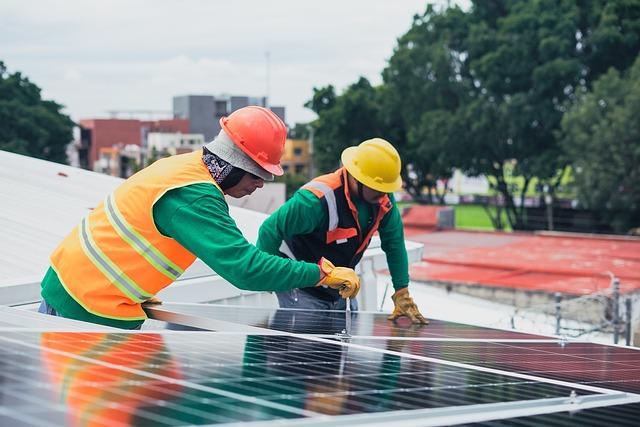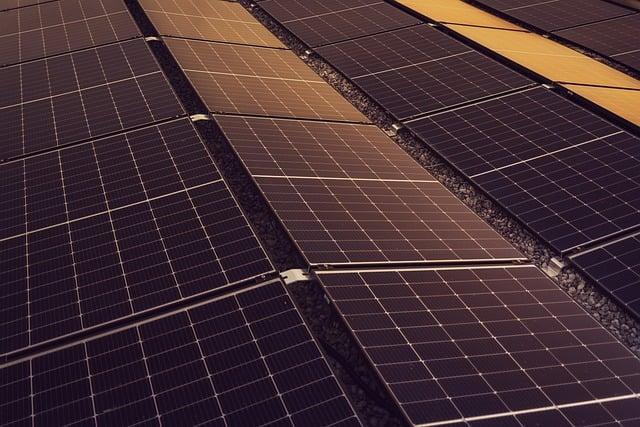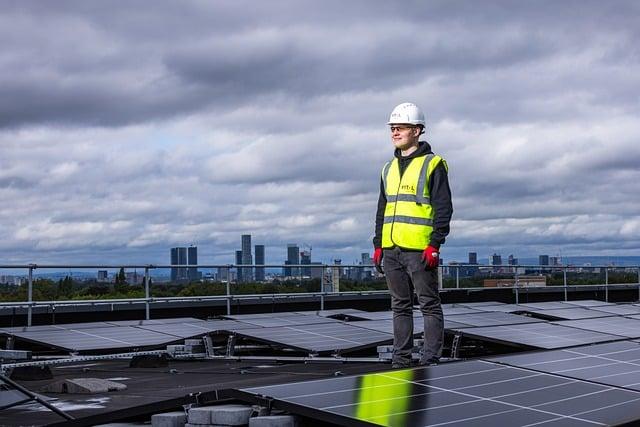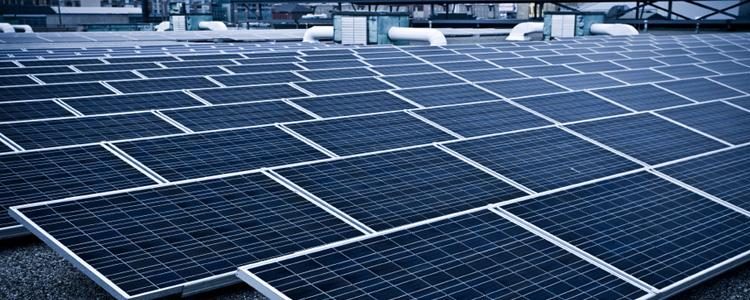As the golden rays of the sun become an increasingly popular source of energy, many homeowners are contemplating the leap into solar power. The allure of reducing electricity bills and embracing a more sustainable lifestyle is undeniable. However, before basking in the glow of solar savings, there is a pivotal step that requires careful consideration: budgeting for solar installation. Navigating this financial landscape can be as complex as the intricate networks of photovoltaic cells themselves. This article aims to illuminate the path, offering a comprehensive guide on what to expect when budgeting for solar installation. From initial costs to potential savings, and from government incentives to hidden fees, we will explore the financial dynamics of solar energy, ensuring you are well-equipped to make informed decisions. Whether you are a seasoned green enthusiast or a curious newcomer, join us as we unravel the monetary mysteries of harnessing the sun’s power.
Evaluating Initial Costs and Long-Term Savings
When considering solar installation, it’s crucial to balance the initial outlay with potential long-term savings. Initial costs can vary significantly depending on factors like the size of your system, type of solar panels, and any additional equipment or labor required. While this upfront investment might seem daunting, it’s important to recognize the various incentives and rebates available, which can substantially reduce these costs. Options such as federal tax credits, state incentives, and local rebates can often offset a large portion of the initial expense, making solar more accessible than it might initially appear.
On the flip side, the long-term savings associated with solar energy are compelling. Once your system is up and running, you’ll likely notice a significant reduction in your electricity bills. Additionally, solar panels typically require minimal maintenance, further contributing to savings over time. Here are a few potential benefits to consider:
- Reduced energy bills: Enjoy lower monthly utility costs by generating your own power.
- Energy independence: Gain protection against rising energy prices.
- Increased property value: Homes equipped with solar panels can often demand higher resale prices.
Evaluating these factors can provide a clearer picture of the financial implications of going solar, helping you make a well-informed decision that aligns with your long-term financial goals.
Understanding Incentives and Rebates Available
When diving into the world of solar installation, one of the most enticing aspects is the array of financial incentives and rebates designed to lighten the financial load. Federal tax credits are a major player, offering a percentage deduction of your installation costs directly from your tax liability. It’s crucial to check the current percentage, as this can vary from year to year. Additionally, many states and local governments provide their own incentives which might include state tax credits, cash rebates, or even performance-based incentives that reward the amount of energy your system produces.
Aside from governmental incentives, utility companies often have their own programs to encourage solar adoption. These can take the form of net metering, which allows you to sell excess energy back to the grid, or solar renewable energy credits (SRECs), which can be sold or traded. Some utility providers also offer rebates for installing solar panels, effectively reducing the upfront cost. To fully leverage these opportunities, it’s advisable to research the specific programs available in your area and understand their eligibility requirements. By doing so, you can significantly offset your initial investment, making solar energy not just a sustainable choice, but a financially savvy one as well.

Choosing the Right Solar Panels for Your Needs
When navigating the vast array of solar panels available, it’s crucial to consider factors beyond just price. Efficiency and durability play pivotal roles in determining the long-term value of your investment. High-efficiency panels may come with a steeper initial cost, but they can generate more electricity in limited spaces, maximizing your energy output over time. Equally important is the durability of the panels, which ensures they withstand harsh weather conditions and maintain performance over decades.
Beyond these technical aspects, you should also reflect on your personal energy needs and site specifics. Considerations include:
- Roof space: Assess the available area to determine the size and number of panels required.
- Climate conditions: Choose panels that perform well in your local weather, whether it’s sunny, cloudy, or snowy.
- Aesthetic preferences: Some homeowners prioritize sleek designs that blend seamlessly with their roof.
Balancing these factors will guide you toward a solar panel choice that not only fits your budget but also aligns with your energy goals and lifestyle.

Navigating Installation and Maintenance Considerations
Embarking on the journey of solar installation involves navigating a landscape filled with both logistical and financial considerations. One of the primary aspects to consider is the selection of a reputable installer. It’s essential to vet multiple contractors, examining their credentials, past projects, and customer reviews. Quality over cost should be a guiding principle, as the efficiency and durability of your solar system depend significantly on expert installation. Additionally, anticipate potential delays or complications that may arise due to permitting processes or unforeseen site conditions.
When it comes to maintenance, a proactive approach can significantly extend the lifespan of your solar panels. Regular cleaning and inspections are vital to ensure optimal performance. Here’s what to include in your maintenance checklist:
- Regularly inspect for debris or dirt buildup that could obstruct sunlight.
- Schedule annual professional check-ups to assess system efficiency and identify any minor issues before they escalate.
- Monitor energy output through the inverter display or a dedicated app to detect any anomalies.
These steps, while sometimes overlooked in the initial budgeting phase, are crucial for maximizing your investment in solar energy.
Insights and Conclusions
As you stand at the crossroads of innovation and sustainability, the journey of budgeting for solar installation unveils itself as both an art and a science. Navigating this landscape requires a balance between upfront costs and long-term savings, a delicate dance that promises environmental benefits and financial returns. The sun, a steadfast ally, beckons you to harness its power, offering a path toward energy independence and a brighter future.
As you chart your course, remember that the choices you make today will illuminate the path for tomorrow. From evaluating financing options to understanding potential incentives, each decision is a brushstroke on the canvas of your solar masterpiece. Embrace this endeavor with both pragmatism and optimism, knowing that the seeds you plant now will blossom into a legacy of sustainability for generations to come.
the journey of budgeting for solar installation is not merely about numbers and spreadsheets; it’s about envisioning a future where energy is both abundant and clean. So, let the sun be your guide, and may your home bask in the glow of renewable energy, a testament to your commitment to a greener planet.

































